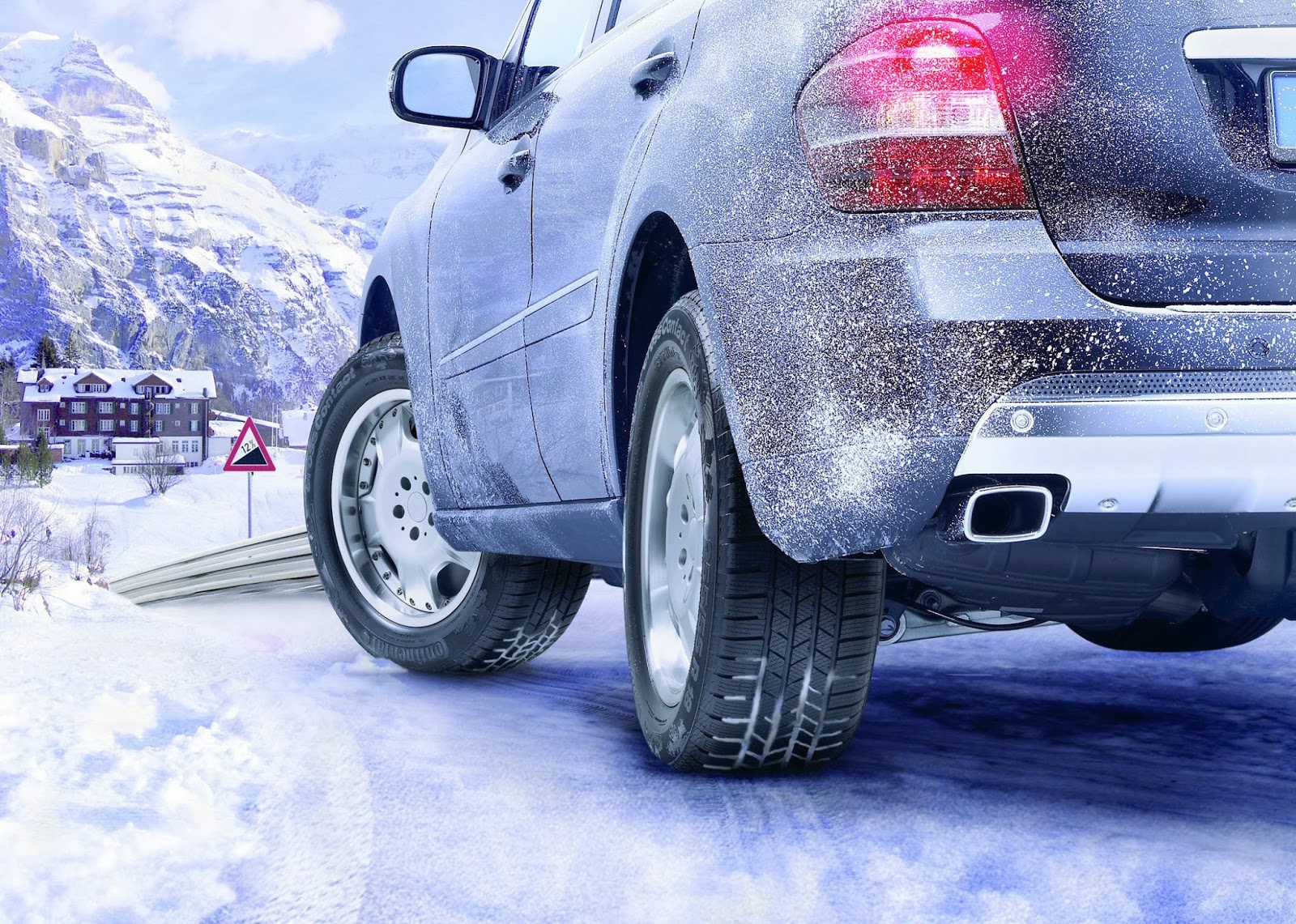Severe weather, especially winter weather, adds a new level of concern for even the most experienced driver. This Winter vehicle checklist can help you reduce frustration and roadside emergencies.
Arizona drivers are well versed at driving in the desert heat, but when it comes to winter, we sometimes need a few reminders. When you “winter” proof your vehicle with this winter vehicle checklist, you’ll be headed out the door, into the cold, and ready to handle any cold weather problems that might come up.
Have Your Car Serviced
If you want your car to breeze through the winter months safely, make sure that you have is serviced and carry out any common sense tasks that you can do yourself. Having the car break down when it’s freezing cold outside (yes, that even happens here in AZ), is a miserable experience.
Because water pumps, belts, hoses, etc., can leave you stranded during the winter months, it’s smart to bite the bullet and have a winter vehicle checkup. It’s better than ending up spending the same amount of money (or more, especially if towing is involved) after you’ve been stranded in your car for three hours waiting for help to arrive.
Winter Vehicle Checklist
Make Sure that You:
- Check the tire treads. If any of your tires have under 3/32-inches of tread, have it replaced.
- Check the tire pressure. In most cases, the recommended tire pressure levels are located on a sticker on the driver’s side door jamb. You can also ask your mechanic for the information in the load/inflation tables.
- Check the fluids, including transmission, power steering, brake, windshield wiper fluids, coolant, etc.
- Have the battery cables, charging system and belts checked, including the drive belts.
- Make sure that the rear window defroster is working.
- Maintain sufficient gas levels. Besides the risk of getting stranded, an almost empty gas tank can end up causing costly damage to your vehicle.
- Check out windshield blades and replace them if they’re not in good shape. You can even find windshield wipers today that are designed for winter use. They often have a rubber covering to keep ice from collecting.
- Make sure that all of your vehicle’s lights are working, including the headlights, taillights, turn signals, brake lights, backup lights and emergency flashers.
- Keep a high-quality ice scraper in your vehicle. It needs to be high quality so that you don’t end up scraping/scratching your windshield.
- Keep your emergency and jumper kits fully stocked. Things to stock in your emergency kit include hats, gloves, blankets, first aid supplies, water, food and a cell phone.
Don’t Do This:
- Don’t warm up the engine. The long-held notion that you should let the car idle in the cold only pertains to carbureted engines. Warming up the engine will potentially damage any other type of engine.
- Don’t use cruise control while driving on slippery surfaces like icy, wet or sandy surfaces.
- Don’t run a vehicle inside an enclosed area, including a garage because it can cause carbon monoxide poisoning and even death.
- Never, ever use hot water to defrost your windows because it can break the glass. Instead, put on windshield cover or towel over the windows at night if you don’t have a carport or garage to park in.
As always, we can help you ensure your car, truck or SUV is winter vehicle ready. Schedule your appointment today.






